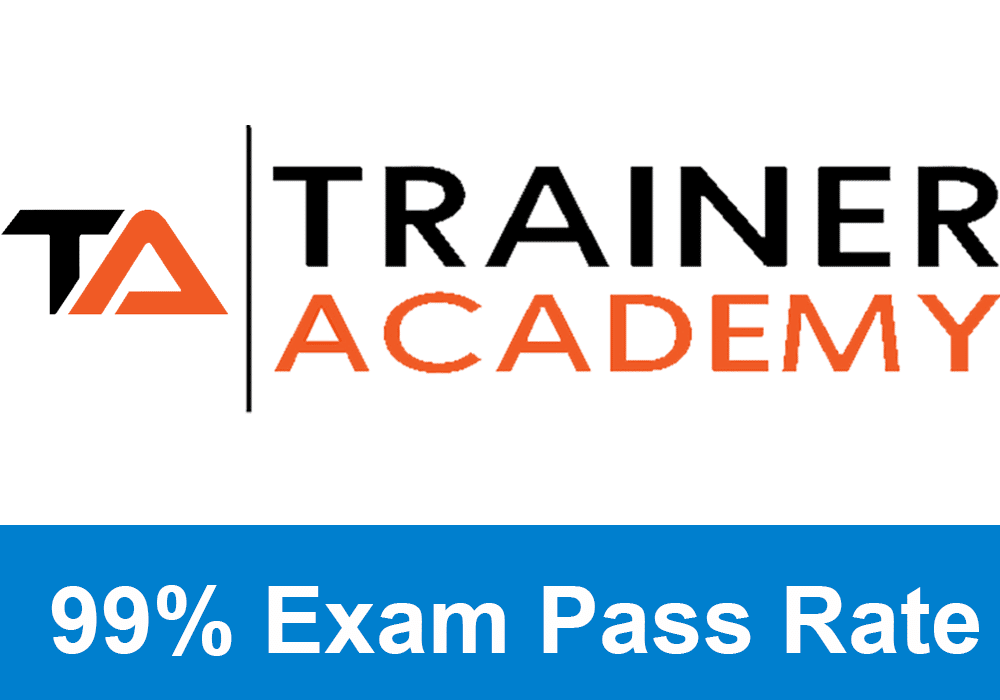
Yet to sign up for the ISSA nutrition cert? My site visitors get a special discount here. You can even get this nutrition cert for free by purchasing their personal trainer cert (an excellent combo).
Chapter Goals:
- Describe and define the main terms that relate to fats and oils.
- Now the types of lipids and their main functions.
- Find the nonessential and the essential lipids like fatty acids.
- Know how the lipids will affect health and athletic performance.
Introduction
Lipids make up the third major part of the macronutrients. Like carbs, these lipids will comprise carbon, oxygen, and hydrogen. These are going to be needed for the fat soluble vitamins A, D, E, and K. essential fatty acids play a lot of roles in keeping the integrity and the function of cell membranes. They are also a major source of energy for the body to use; they add palatability to meals and play critical roles in other biophysical and biochemical functions like synthesizing steroid hormones.
Lipids are most prevalent for energy in the body as triglycerides.
Significance of lipids:
- Essential fatty acids are contained in parts of every cell, even the muscle cells.
- The essential fatty acids are needed for our growth, recovery, and overall well-being.
- Fatty acids are important for energy, especially so for endurance athletes.
- Saturated fat intake and cholesterol intake must be kept healthy to avoid the development of coronary artery disease, and consuming too much is associated with other diseases.
- Intake of lipids daily is needed for vitamins and minerals.
- Omega 3 fatty acids have good effects on the cardiovascular system and they act as moderators for inflammation. They may potentially have roles in improving strength and performance aerobically.
Lipids – The Most Misunderstood Macronutrient
These fats have the worst reputation of all the macronutrients due to the name fat. Many links relate saturated fats and cholesterol levels to obesity, cancer, and heart diseases.
The main problem regarding lipids is that many people receive way too many in their diet or way too many unhealthy forms of fats.
When we look at athletes, we see that getting enough lipids in the diet is not usually going to be a problem. We really look at the types of fats going into the body and can manage health that way.
About the Different Lipids
Lipids are found in plants and animals, but those two sources differ chemically.
These are the major lipids that we find in the diet and the body:
- Triglycerides
- Fatty acids
- Essential fatty acids
- Omega 3 fatty acids
- Gamma Linolenic Acid
- Medium Chain triglycerides
- Phospholipids
- Lecithin
- Cholesterols
Triglycerides and Fatty Acids
These are the fats and oils in our diet and the fat that we store in the body. They make up about 98 percent of the fats within our diet.
Fats will be solid when at room temperature, and then the oils will be liquid at room temperature.
Triglycerides mean three, so three fatty acid chains will be attached to some 3 carbon glycerol molecule.
Saturated fatty acids will have the max amount of hydrogen atoms possible and no carbon atoms with double bonds.
Monounsaturated fatty acids have just one double bond.
Polyunsaturated fatty acids will have more than one double bond.
The Essential Fatty acids
The composition of the fatty acids will depend on whether or not the origin is from an animal or a plant.
The special functions of the essential fatty acids are going to be:
Their presence in the phospholipids makes them vital for the membranes of the cells.
Their function with eicosanoids and as precursors of them. They are there for many physiological processes.
They are involved in some ways throughout oxygen transfer in the lungs and the alveolar membrane.
They are used for forming structures in all cells.
They maintain the nervous system and brain functions.
They are used for producing prostaglandin for metabolism functions.
They are used to make healthy hair and skin.
The healing of our wounds relies on these.
Exclusive PTP CPT Offers |
||
|---|---|---|
Most Popular Cert | Best Online NCCA Cert | Best Study Materials |
Gold Standard Cert | A Good Option | Best CPT for you?  |
The enhancement of growth can be found with these.
Eicosatetraenoic Acid and Docosahexaenoic Acid
These are both made in the body from essential fatty acids and found in the primary human tissues as regular parts. Dietary sources have major benefits when taken in, even though we can manufacture them in the body.
Gamma Linolenic Acid
This is another part of vital fatty acids and may be made in the body from linoleic acids.
Phospholipids
These are the second big class of lipids and are next to triglycerides. These are the prime lipids for structure in all animals and parts of all cells. The main function will be the integrity of the structure of the cell membranes. The membranes are made up of a phospholipid bilayer. This is one of the most important parts of the cell.
Lecithin
Lecithin is a phospholipid with choline attached to phosphate molecules and two fatty acids. It has a lot of linolenic acid in it.
Phosphatidylserine
This is related to another phospholipid by the name of phosphatidylserine.
Cholesterol
This is a member of fats known as steroids. They are made by the body and are only naturally found in foods originating from animal sources. There are highest in our liver and egg yolks. Also found lot in meats, poultry, whole milk, and cheeses.
Cholesterol has some important functions, like being a precursor for many bile acids, also a precursor for sex hormones and other hormones of the adrenal glands, a precursor for vitamin D, and a vital aid in the nervous system and the brain.
We need a constant supply of cholesterol for our health, but it has been linked with many cardiovascular diseases, and we should keep our intake to under 300 mg daily.
Medium-Chain Triglycerides
These have saturated fatty acids with chains that have 6 – 12 atoms of carbon. They are high in caprylic acid and capric acid. These are both saturated fatty acids.
Trans Fatty Acids
These are also called trans fats. They are made during the hydrogenation of vegetable oils. Hydrogenation is what we do when we add hydrogen atoms to unsaturated fats, removing their double bonds.
Trans fats have been found to increase bad cholesterol levels in the body. This is from the LDL or the low density lipoproteins. These are the bad cholesterols, as they are often called.
Lipid Digestion
Lipids take the longest time of all the macronutrients to digest. This is because of their inability to dissolve in water and their structures are more complex and harder to break down. When they pass through our mouth and stomach, we retreat them for the main digestion processes to occur in the intestines. So, most of this whole process will take place in the small intestines, where the liver bile assists in getting the fat to come in contact with the enzymes to split them. Along the walls of the intestines, they will be coated with protein and put into the lymph system to circulate.
60 – 70 percent of the total fat taken in will go through the lymph system and then the medium and short fatty acid chains will enter the bloodstream. The cholesterol and fats will transport with the use of special proteins known as lipoproteins.
Fats are always being constantly broken down and resynthesized and used for energy.
You Are What You Eat
The type of fat you take in will affect your body and its composition of fatty acids. Vegetarians have been seen to have more unsaturated fatty acids than their meat eating counterparts. A body that has more unsaturated fats may have more resistance to some cell damage that may happen.
How Much Lipid Does an Athlete Need?
The total fat intake should stay lower than 30 percent of your calories daily. And the amount of saturated fat should represent less than 10 percent of total calories. Essential fatty acids should be 1 – 2 percent of total calories.
The total calories from fat will vary on the sport of choice, the size of the athlete’s body, and their own personal needs, which vary from person to person.
Fats and Athletic Performance
Excess body fat needs to be avoided; the dead weight will slow you down.
Fat intake must be lower than 30 percent of your whole intake in one day but may change with some sports goals.
Minimize the intake of saturated fatty acid and forms of cholesterol.
Eat meals low in fat before training or competing, as this allows the stomach to empty out much quicker, and the nutrients get to the body faster.
Include sources that are good for essential fatty acids, DHA, EPA, and gamma linolenic acid.

 Have a question?
Have a question? 



Tyler Read
PTPioneer Editorial Integrity
All content published on PTPioneer is checked and reviewed extensively by our staff of experienced personal trainers, nutrition coaches, and other Fitness Experts. This is to make sure that the content you are reading is fact-checked for accuracy, contains up-to-date information, and is relevant. We only add trustworthy citations that you can find at the bottom of each article. You can read more about our editorial integrity here.